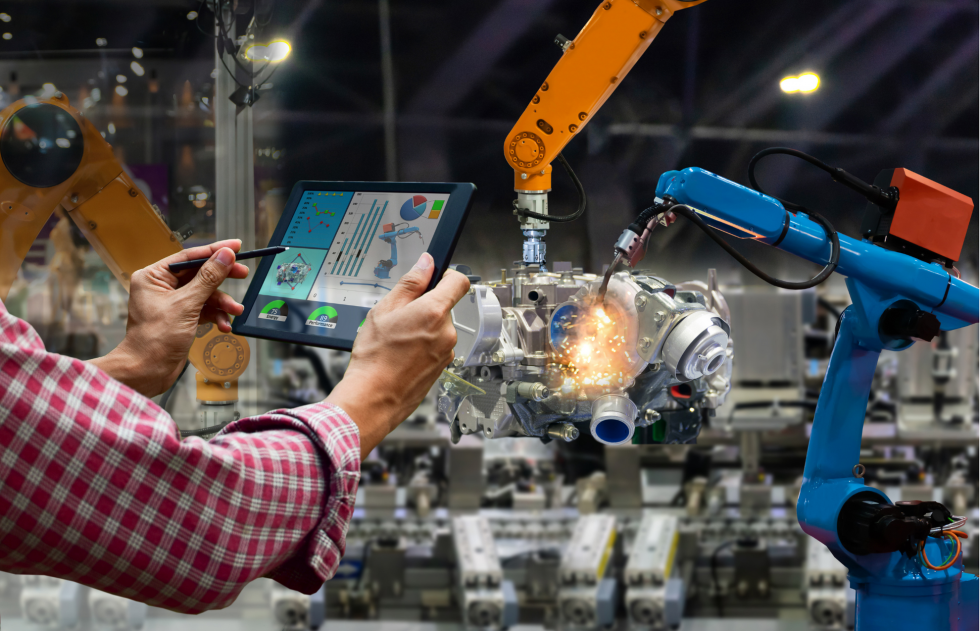Early Pandemic Impacts Threaten the Region’s Workforce
In 2019, the Southern Regional Education Board projected that 18 million workers across the SREB region could become unemployable or stuck in low-wage jobs by 2030 if states did nothing to raise their skills to a postsecondary level.
As SREB explained in its Economic Profiles, rather than whole jobs going away, it is more likely that certain aspects of jobs, or work activities, will be automated as technology advances. And adults with the lowest levels of education are the most likely to be displaced.
By May 2019, about 64% of active employees in SREB states had a high school diploma or less, and these workers form the backbone of the region’s workforce.
Now, the COVID-19 crisis has accelerated trends in business and consumer digital adoption, advancing previous projections for automation and worker displacement by five years.
“This dangerous trend was on the horizon, but the pandemic makes it the next exit on the highway,” SREB President Stephen L. Pruitt said.
SREB’s recent analysis found that where nearly one-third of work activities across the region might have been automated over the next decade, that could now happen in half the time and the most vulnerable workers could face unemployability and poverty wages by 2025.
Adults with the lowest levels of education are the most likely to be displaced.
The pandemic has created an opportunity — even a necessity — to rethink and redesign education in the United States. Now, perhaps more than at any time previously, states must be swift, thorough and creative if they hope to meet the mounting needs of unprepared workers. If education and business leaders don’t rise to the challenge in preparing our workforce for tomorrow’s uncertainties, the fallout could be catastrophic.
Changes in the workplace from automation will have the greatest impact on the region’s largest job sectors: food preparation, sales, production, transportation, and office and administrative industries. SREB estimates that in four of these top employers, 42% or more of work activities could be automated in just the next five years.
An increase in postsecondary credentials will be critical not only for workers but for states, which need to maintain highly educated workforces if they hope to attract the types of businesses that employ them. Businesses are more likely to expand into areas that already have a ready workforce.
The pandemic has created an opportunity — even a necessity — to rethink and redesign education in the United States.
The SREB region’s vulnerable employees face additional risks during a pandemic. Low-skilled workers tend to be overrepresented in industries more heavily impacted by shutdowns and ongoing health restrictions. The same industries can be those most susceptible to advancing technologies.
In four of the same top employing industries susceptible to advancing technology, between 52% and 100% of workers face pandemic-related job disruptions. That means 24.6 million workers are at risk of being laid off, furloughed, or leaving the workforce during the pandemic.
At the height of COVID-19 unemployment in May, some 5.5 million workers had little or no chance to return to their jobs, in addition to the other struggles brought on by COVID-19.
The pandemic has created enormous challenges, but it also offers an unprecedented opportunity to update education, bolster a resilient workforce, and pass policies that support healthy families and a thriving economy. The decisions leaders make in the coming weeks and months will have far-reaching impacts that can support or hinder progress in their states for years to come.
State-by-State Outlooks
SREB has developed new State Workforce Profiles to help policymakers gauge the impacts of the COVID-19 pandemic on their state’s workforce. These profiles serve both as an update to last year’s Economic Outlooks, highlighting the advance of automation in the workplace, and as a signal to states that impacts on employment – especially for the most vulnerable workers – are severe and long-lasting.


